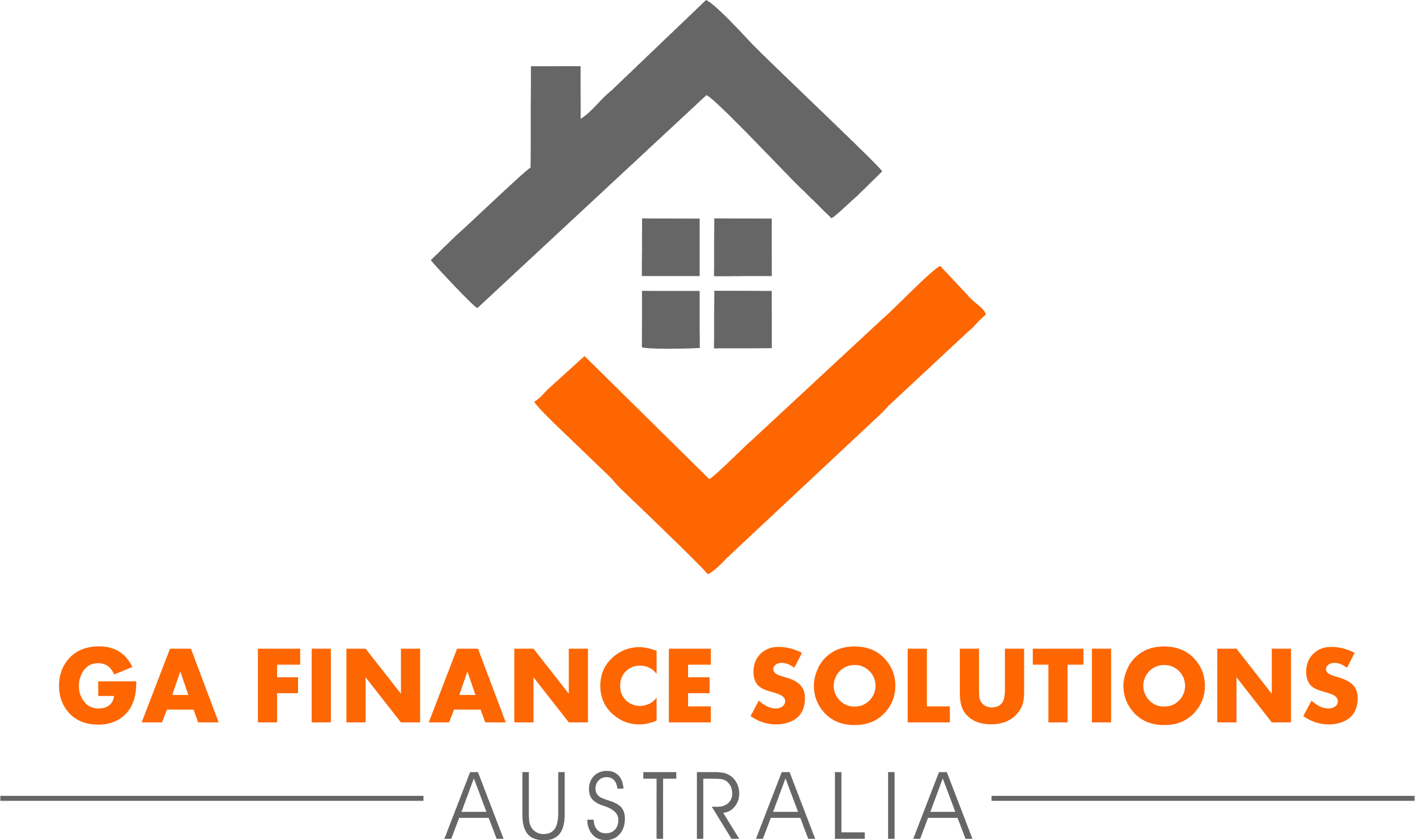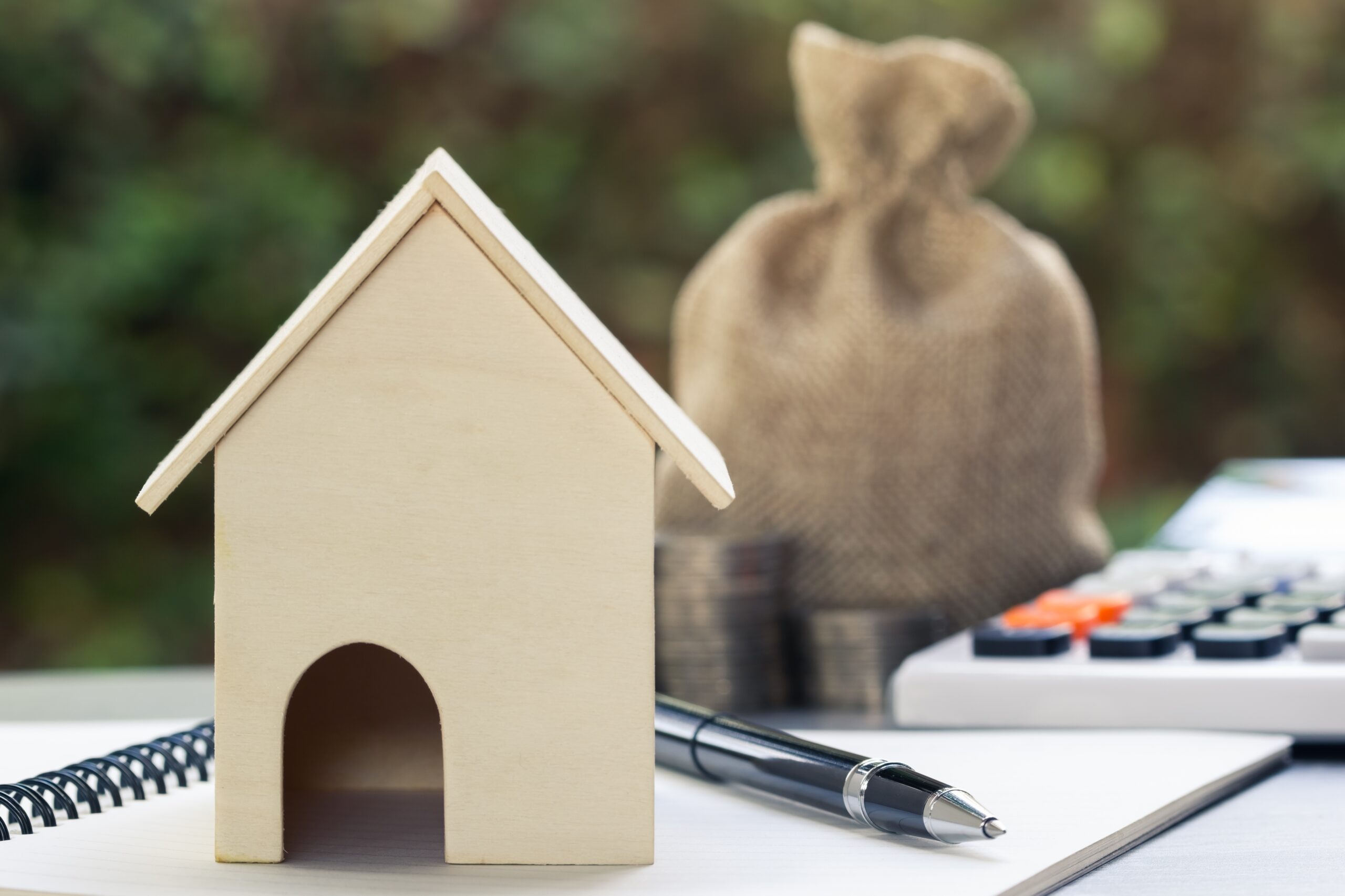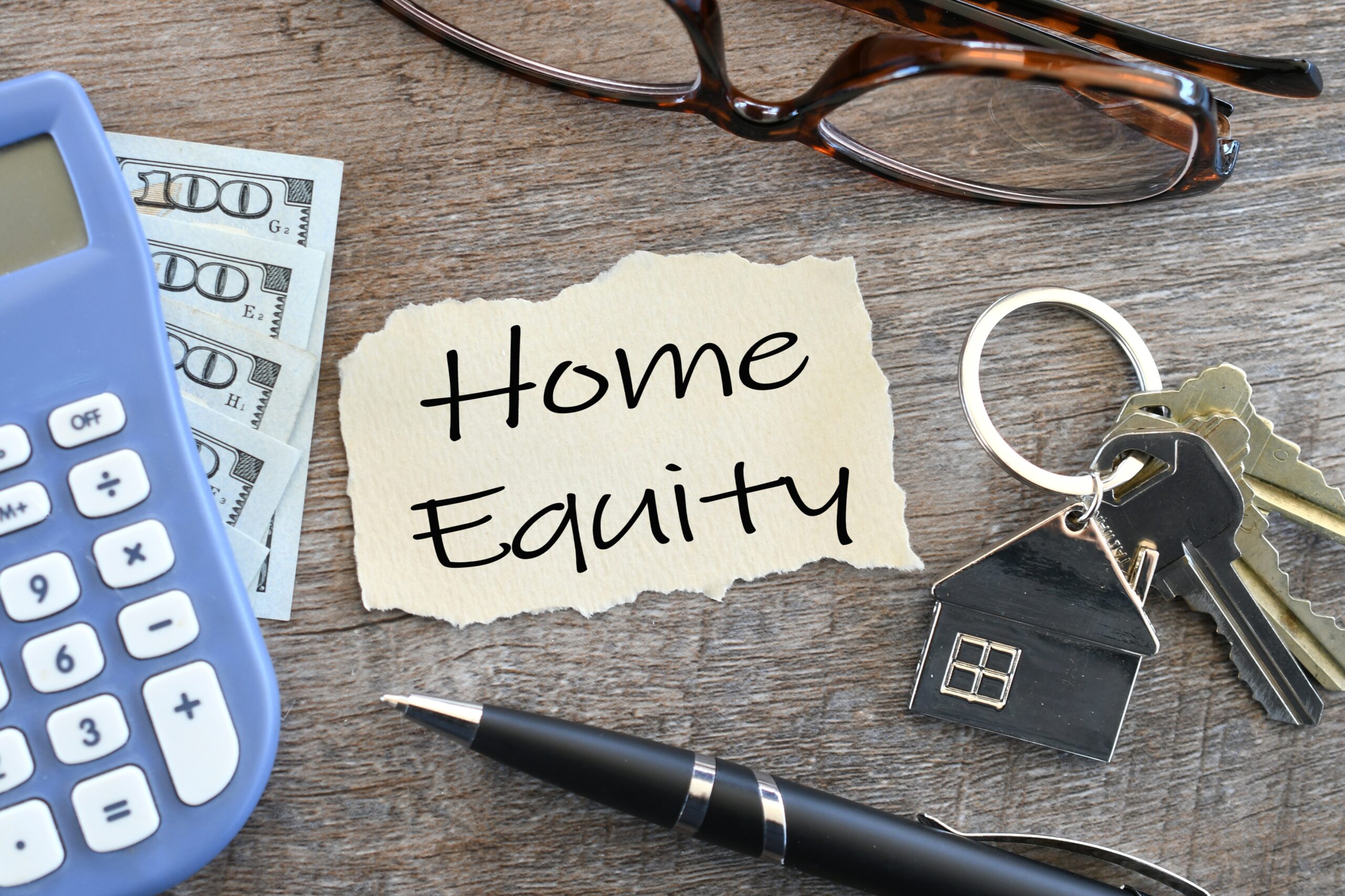Buying your first home is a milestone worth celebrating, but it often comes with a significant financial commitment—the home deposit. Whether you’re dreaming of a cozy apartment in the city or a charming house in the suburbs, saving for that initial deposit is a critical step in making your homeownership dreams a reality.
Table of Contents
The Significance of a Home Deposit
Your home deposit is more than just a financial prerequisite; it’s the cornerstone of your homeownership journey. Here’s why it matters:
1. Lower Loan-to-Value-Ratio (LVR)
When you contribute a substantial deposit, you’re essentially reducing the amount you need to borrow from a lender. This results in a lower Loan-to-Value-Ratio (LVR), which is the proportion of your home’s value that you’re financing through a mortgage. A lower LVR often translates to more favourable mortgage terms, including lower interest rates.
2. Reduced Interest Costs
A larger deposit not only lowers your LVR but also reduces the total interest costs over the life of your mortgage. With less borrowed, you’ll pay less interest, potentially saving tens of thousands of dollars in the long run.
3. Negotiation Leverage
A substantial deposit can enhance your negotiating power with lenders. It demonstrates financial responsibility and commitment, making you a more attractive borrower. This could lead to better interest rates, more flexible loan terms, and a smoother application process.
4. Lower Repayments
A higher deposit means you’ll need a smaller mortgage, resulting in more manageable monthly repayments. This financial breathing room can alleviate stress and provide room in your budget for other financial goals.
5. Faster Equity Growth
Equity is the difference between your property’s market value and the remaining mortgage balance. With a larger deposit, you start building equity from day one. This equity can be tapped into for future investments or used as collateral for other financial endeavours.
6. Quicker Loan Approval
A significant deposit can expedite the mortgage approval process. Lenders often view applications with larger deposits more favourably, potentially reducing the time it takes to secure financing.
7. Peace of Mind
Knowing you have a substantial deposit offers peace of mind and financial security. You’re less vulnerable to fluctuations in property values or interest rates, reducing the risk of financial stress during homeownership.
8. Flexible Options
A sizable deposit opens up more loan options. You may qualify for different types of mortgages or be eligible for specialised products.
9. First Homeowner Benefits
In Australia, first-home buyers may be eligible for additional benefits, grants, or concessions when they provide a substantial deposit. These incentives can significantly reduce the upfront costs of homeownership.
Setting Your Savings Goal: The Path to Homeownership
1. Understanding Your Target Home Price
To set an effective savings goal, begin by identifying the type of home you aspire to own. Research the property market in your desired location and determine the average price range for homes that meet your criteria. Keep in mind that property prices can vary significantly from one area to another, so be specific about your preferred location.
2. Calculating Your Deposit Percentage
Once you have an estimated home price, you’ll need to decide on the deposit percentage you want to aim for. In Australia, most lenders require a minimum deposit of 20% to avoid paying Lenders Mortgage Insurance (LMI). However, aiming for a larger deposit, such as 25% or 30%, can result in more favourable loan terms and lower interest rates.
3. Assessing Your Current Financial Situation
Take a close look at your current financial position. Calculate your total savings, including any existing savings accounts, investments, or other assets that can be put toward your deposit. Understanding your starting point is crucial for setting a realistic savings goal.
4. Determining Your Timeframe
Your timeframe for saving plays a pivotal role in shaping your savings goal. Are you planning to purchase your first home in two years or five years? The longer your timeframe, the more manageable your savings goal can be. Shorter timeframes may require more aggressive saving strategies.
5. Accounting for Additional Costs
Don’t forget to factor in additional costs associated with buying a home. This includes stamp duty, legal fees, inspection costs, and moving expenses. These extra expenses can add up, so it’s wise to include them in your savings goal.
6. Creating a Realistic Budget
To achieve your savings goal, you’ll need a well-structured budget. Start by calculating your monthly income and fixed expenses. Deduct these from your income to determine your disposable income. Allocate a portion of your disposable income toward your savings goal each month.
7. Tracking Your Progress
Monitoring your progress is essential to staying on course. Regularly review your savings account statements and update your budget as needed. Consider using apps or financial tools that can help you visualise your progress and stay motivated.
8. Adjusting Your Goal as Needed
Life is dynamic, and your financial situation may change. Be prepared to adjust your savings goal if necessary. Unexpected windfalls, changes in income, or shifts in your homeownership timeline may require you to reevaluate your target.
9. Seeking Professional Guidance
If you’re unsure about how to set an appropriate savings goal or create a budget, consider consulting with a financial advisor or mortgage broker. They can provide personalized guidance and help you make informed decisions about your homeownership journey.
Creating a First Home Savings Plan: Your Blueprint to Success
1. Define Your Savings Milestones
Start by breaking down your overall savings goal into smaller, achievable milestones. This approach makes the process less daunting and allows you to celebrate your progress along the way. For example, if your target deposit is $60,000 and you plan to save for five years, set an annual milestone of $12,000 or a monthly goal of $1,000.
2. Automate Your Savings
Consider automating your savings by setting up a dedicated savings account with regular automatic transfers from your primary account. This “set and forget” approach ensures that you consistently contribute to your savings goal without the temptation to spend the money elsewhere.
3. Explore High-Interest Savings Accounts
Traditional savings accounts may offer minimal interest rates. Research and compare high-interest savings accounts or term deposits that provide better returns on your savings. Every extra dollar earned in interest can bring you closer to your goal.
4. Cut Unnecessary Expenses
Review your monthly expenses and identify areas where you can cut back. This could mean reducing dining out, cancelling unused subscriptions, or finding more cost-effective transportation options. Allocate the money you save directly to your savings fund.
5. Increase Your Income
Boosting your income, even temporarily, can significantly accelerate your savings progress. Consider taking on a part-time job, freelancing, or selling items you no longer need. Every additional source of income contributes to your savings.
6. Windfalls and Bonuses
Use any financial windfalls or bonuses wisely. Tax refunds, work bonuses, or unexpected gifts can inject a substantial amount into your savings. While it’s tempting to treat yourself, diverting these funds toward your deposit can fast-track your homeownership journey.
7. Track and Adjust Your Plan
Regularly monitor your savings plan’s effectiveness. If you notice you’re falling behind or ahead of schedule, make adjustments accordingly. It’s crucial to maintain flexibility and adapt to changes in your financial situation or goals.
8. Emergency Fund
While saving for your home deposit is a top priority, don’t forget the importance of an emergency fund. Having a financial safety net can prevent you from dipping into your savings in case unexpected expenses arise.
9. Stay Disciplined and Stay Informed
Stay committed to your savings plan even when faced with tempting spending opportunities. Educate yourself about various aspects of homeownership, such as mortgage options, government grants, and property market trends. Knowledge empowers you to make informed decisions.
10. Seek Professional Advice
If you’re uncertain about your savings plan’s effectiveness or want personalised guidance, consult with a financial advisor or mortgage broker. They can review your plan, offer expert advice, and help you optimise your savings strategy.
Government Grants and Schemes: Boosting Your Savings Efforts
1. First Home Owner Grant (FHOG)
- FHOG Eligibility: Explore the eligibility criteria for the First Home Owner Grant in your state or territory. Requirements may include being a first-time homebuyer, purchasing a new or established home, and living in the property for a specific period.
- Grant Amount: Understand the grant amount available in your region. It can vary significantly, so knowing the exact figure will help you calculate your overall deposit.
2. First Home Guarantee Scheme (FHGB)
- Overview: Familiarise yourself with the First Home Guarantee Scheme, a government initiative aimed at assisting first-time buyers. It allows you to purchase a home with a smaller deposit, potentially saving you from paying costly Lender’s Mortgage Insurance (LMI).
- Eligibility: Check the eligibility criteria for the FHGB, including income thresholds, property price caps, and citizenship or residency requirements. Ensuring you meet these criteria is crucial for participation.
4. State and Territory Grants
- Additional Grants: Research state or territory-specific grants and concessions available to first-home buyers. These can vary widely and might include stamp duty concessions, additional grants, or financial incentives.
- Application Process: Find out how to apply for these grants, including required documentation and deadlines. Missing out on a grant due to a late application can be a missed opportunity.
5. Savings Schemes
- First Home Super Saver Scheme (FHSSS): Explore the FHSSS, which allows you to save for your first home within your superannuation fund. Understand how contributions work, the maximum release amounts, and the associated tax benefits.
- Savings Plans: Consider creating a dedicated savings plan that integrates these government grants and schemes. Calculate how much each grant can contribute to your overall deposit and factor them into your savings milestones.
6. Stay Updated
- Legislative Changes: Be aware that government grants and schemes can change over time due to legislative updates. Stay informed about any modifications to eligibility criteria, grant amounts, or application processes.
7. Professional Guidance
- Consult Experts: Seek advice from financial advisors or mortgage brokers who specialise in first-home buyer assistance. They can help you navigate the intricacies of government grants and schemes, ensuring you maximise your benefits.
Staying Financially Healthy: Building a Strong Financial Foundation
1. Emergency Fund
- Importance: Prioritise building and maintaining an emergency fund. This fund serves as a financial safety net, covering unexpected expenses without derailing your savings plan.
- Recommended Size: Aim for at least three to six months’ worth of living expenses in your emergency fund. This ensures you’re prepared for various financial challenges.
2. Debt Management
- Pay Down High-Interest Debt: If you have outstanding high-interest debts, such as credit card balances, focus on paying them down. High-interest debt can hinder your ability to save effectively.
- Student Loans: If you have student loans, explore income-driven repayment plans or refinancing options to manage your student debt more efficiently.
3. Credit Score
- Monitor Your Credit: Check your credit report for inaccuracies or discrepancies. A good credit score is crucial when applying for a mortgage, as it impacts the interest rate you’ll qualify for.
- Responsible Credit Use: Continue using credit responsibly, paying bills on time, and keeping credit card balances low. Avoid opening new lines of credit shortly before applying for a mortgage.
4. Budgeting and Expenses
- Budget Maintenance: Stick to your budget and monitor your spending habits. Identify areas where you can cut costs or redirect funds toward your savings goal.
- Review Regularly: Periodically review your budget to ensure it aligns with your savings goals. Make necessary adjustments as your financial situation evolves.
5. Additional Income Sources
- Side Hustles: Explore opportunities for generating additional income through part-time jobs or side hustles. Allocate this extra income toward your home deposit savings.
- Investments: Consider making smart investments that align with your risk tolerance and financial goals. Consult a financial advisor for guidance on investment strategies.
6. Financial Education
- Continuous Learning: Invest time in expanding your financial knowledge. Read books, attend workshops, or take online courses to improve your financial literacy.
- Seek Advice: Don’t hesitate to seek advice from financial professionals, such as financial planners or advisors, to make informed decisions about your finances.
7. Maintain a Healthy Lifestyle
- Healthcare Costs: Stay proactive about your health to minimise unexpected medical expenses. Adequate health insurance coverage is crucial to avoid financial setbacks.
- Wellness Practices: Incorporate wellness practices to reduce stress and promote a healthy lifestyle. Stress management can positively impact your financial decisions.
Preparing for Pre-Approval: Your Key to Homeownership
Before you start house hunting, it’s essential to go through the pre-approval process. Pre-approval not only helps you understand your borrowing capacity but also makes you a more competitive buyer in the real estate market. Here are the steps to prepare for mortgage pre-approval:
1. Organise Your Financial Documents
Gather your financial documents, including:
- Proof of Income: Collect recent payslips, income summaries or tax returns to demonstrate your income stability.
- Bank Statements: Prepare three months of bank statements to show your savings and spending habits.
- Identification: Have your identification documents, such as a driver’s license or passport, ready.
- Employment History: Provide information about your employment history, including your current job and previous positions.
2. Review and Improve Your Credit Score
- Check Your Credit Report: Obtain a copy of your credit report and review it for errors or discrepancies. Address any issues to improve your credit score. Your mortgage broker can help collect a report for you also.
- Reduce Debt: Aim to pay down outstanding debts, such as credit card balances, as lower debt levels positively impact your creditworthiness.
3. Calculate Your Debt-to-Income Ratio
- Assess Your DTI: Calculate your debt-to-income (DTI) ratio by dividing your monthly debt payments by your gross monthly income. Lenders typically prefer a DTI below 6.
- Reduce DTI: If your DTI is high, focus on paying down debts or increasing your income to bring it within an acceptable range.
4. Save for a Deposit and Purchasing Costs
- Determine Your Deposit: Decide how much you can comfortably put down as a deposit. This amount varies but is typically around 20% of the home’s purchase price.
- Set Aside Purchasing Costs: Budget for purchasing costs, which include fees for inspections, appraisals, and other services. It’s typically wise to set aside an additional 2-5% of the home’s purchase price.
5. Strengthen Your Employment and Income Stability
- Job Stability: Lenders prefer borrowers with stable employment. Avoid changing jobs before applying for a mortgage unless it’s for a more lucrative opportunity in the same field.
- Income Consistency: Maintain consistent income levels. If possible, avoid significant changes in your income, such as taking a lower-paying job.
6. Reduce Financial Risk
- Minimise or avoid New Debt: Avoid taking on new debt, such as personal loans or major credit card purchases, during the pre-approval process.
- Build Savings: Continue to save money and increase your financial reserves to demonstrate your ability to handle homeownership costs.
7. Consult with a Mortgage Broker
- Expert Guidance: Reach out to a mortgage broker or lender. They can provide personalised advice, answer your questions, and guide you through the pre-approval process.
- Get Pre-Qualified: Consider getting pre-qualified first. It’s a simpler process that provides an estimate of what you might qualify for without a detailed credit check.
By taking these steps to prepare for mortgage pre-approval, you’ll not only boost your confidence but also position yourself as a strong buyer in a competitive real estate market. GA Finance is here to assist you throughout the pre-approval process and beyond, ensuring a seamless transition from aspiring homeowner to successful homebuyer.
Your Path to Homeownership Begins Today
The decision to buy your first home in 2024 opens doors to a world of possibilities and financial stability. Your home deposit is not just a financial milestone; it’s a gateway to a brighter future. With every dollar saved, you’re one step closer to unlocking the doors to your dream home.
Throughout this comprehensive guide, we’ve explored the significance of a home deposit, setting achievable savings goals, creating a tailored savings plan, navigating government grants and schemes, tracking your progress, staying financially healthy, and preparing for pre-approval. We’ve provided you with the knowledge and tools needed to embark on this remarkable journey with confidence.
At GA Finance, we understand that the path to homeownership is unique for each individual. Our dedicated team of experts is here to support you every step of the way, from setting your savings goal to securing pre-approval and finally stepping into your new home. We pride ourselves on offering friendly, professional service and in-depth knowledge of the Australian property market.
Your journey begins now. Start by setting your savings goal, creating a realistic savings plan, and exploring the various government grants and schemes available. Stay disciplined, make informed financial decisions, and let your dream of homeownership become a reality.
If you’re ready to take the next step or have any questions along the way, don’t hesitate to reach out to the GA Finance team. Your future home awaits, and we’re here to help you make it happen. Contact us today and let’s embark on this exciting journey together. Homeownership is within your reach, and it all begins with your first home deposit.








